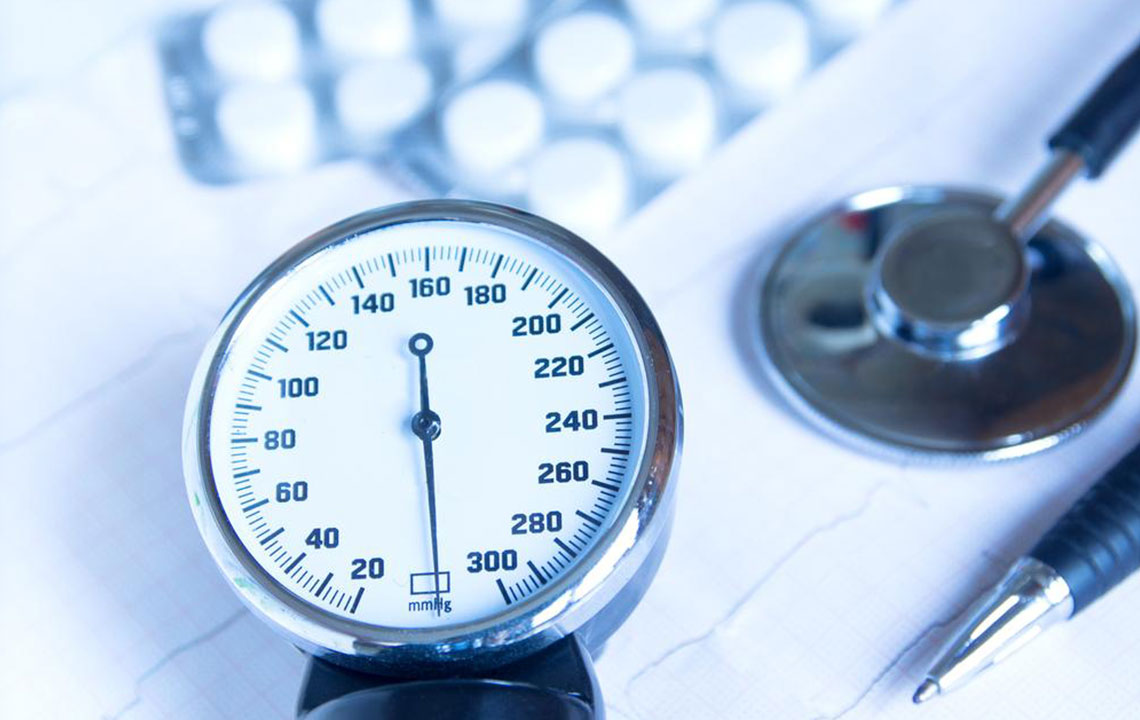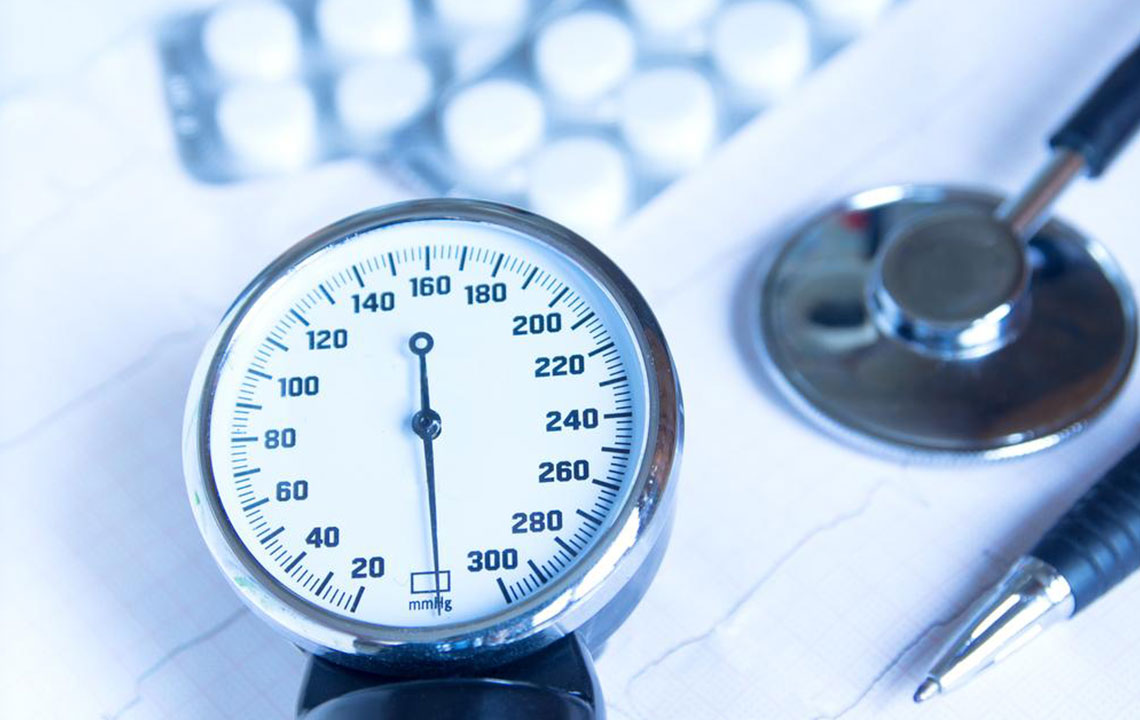Understanding Blood Pressure Charts for Better Heart Health and Disease Prevention
This comprehensive guide explains how to interpret blood pressure charts to improve heart health and prevent related diseases. It covers BP categories, risk factors, lifestyle tips, and the importance of regular monitoring. Understanding these details empowers individuals to take proactive measures in managing their blood pressure effectively and reducing health risks.

Understanding Blood Pressure Charts for Better Heart Health and Disease Prevention
Blood pressure (BP) is a vital indicator of cardiovascular health, reflecting the force exerted by blood against arterial walls as your heart beats and pumps blood throughout your body. Maintaining blood pressure within healthy ranges is essential for preventing serious health conditions such as heart disease, kidney failure, stroke, and vision impairment. Blood pressure readings are composed of two numerical values: systolic (the upper number) and diastolic (the lower number). Monitoring these numbers through regular check-ups enables early detection of hypertension, often termed 'the silent killer' because it usually presents no symptoms until considerable damage has occurred. Through understanding blood pressure charts, you can take proactive steps towards better health by managing your BP effectively. This involves lifestyle modifications, adherence to prescribed medication, and ongoing medical consultations.
Consistently monitoring your blood pressure helps identify whether your readings fall within a healthy range or if intervention is needed. Being informed about the different categories — from normal to hypertensive crisis — empowers you to make informed decisions. The blood pressure chart serves as a guide to understanding these categories, aiding in early intervention and risk reduction. Proper management strategies, including lifestyle changes like diet and exercise, medication when prescribed, and regular healthcare visits, form the cornerstone of effective blood pressure control. Knowledge of these ranges and guidelines allows you to take control of your health, reduce the risk of cardiovascular incidents, and promote a longer, healthier life.
Deciphering the Blood Pressure Chart: A Complete Guide
Blood pressure is a measurement of the force exerted by circulating blood on the walls of the arteries. It is expressed as two numbers: systolic pressure (the higher number) and diastolic pressure (the lower number). Systolic pressure measures the pressure in arteries during heartbeats, while diastolic measures the pressure in arteries between beats when the heart rests. Interpreting these numbers accurately is critical for assessing cardiovascular health. The blood pressure chart categorizes BP readings into various ranges, each corresponding to different health risks and management strategies:
Normal Blood Pressure: Less than 120/80 mmHg
Pre-Hypertension: 120–139 systolic / 80–89 diastolic
Stage 1 Hypertension: 140–159 systolic / 90–99 diastolic
Stage 2 Hypertension: 160+ systolic / 100+ diastolic
Hypertensive Crisis: 180+ systolic / 110+ diastolic
Understanding these categories helps you recognize early warning signs and take prompt action. Routine blood pressure checks are crucial, especially if you have risk factors such as age, obesity, sedentary lifestyle, or family history of hypertension. Employing lifestyle modifications—such as maintaining a balanced diet rich in fruits and vegetables, reducing salt intake, engaging in regular physical activity, limiting alcohol consumption, and avoiding tobacco—can significantly lower your BP. In some cases, medications prescribed by healthcare providers are necessary to manage hypertension effectively. It’s important to work closely with your medical provider to develop a tailored plan, monitor progress, and prevent complications. Regular engagement with healthcare professionals, coupled with personal vigilance, can make a substantial difference in achieving optimal blood pressure levels.
In conclusion, understanding your blood pressure chart is a vital aspect of preventive health care. Regular monitoring enables early detection of abnormalities, allowing for timely interventions. By adopting a healthy lifestyle and following medical advice, you can maintain your blood pressure within a healthy range, thereby reducing the risk of cardiovascular diseases, kidney problems, strokes, and other related health issues. Make blood pressure management an ongoing priority to enhance your overall well-being and extend your lifespan.





